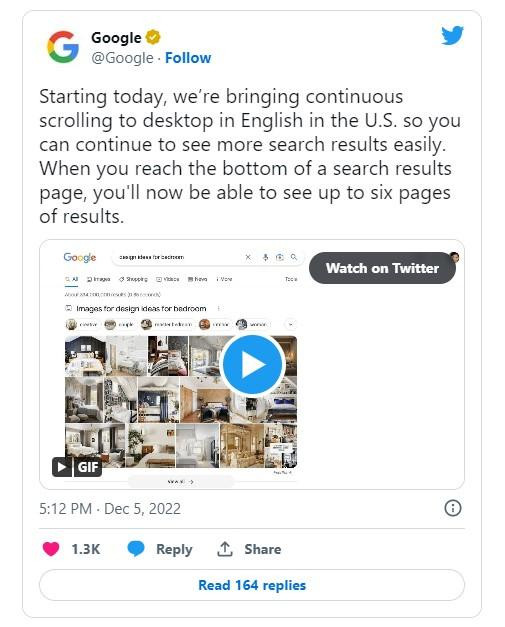JoomConnect Blog
MSP Marketing: The End Of Google’s Page One
Is your marketing agency promising to have your MSP show on page one? What happens when there is no longer a page one to shoot for? Learn more about Google’s changes to how they show top-performing websites.
Is Your MSP Marketing Still Focused On Page One?
Before Google’s switch to continuous scrolling, they organized search results into pages. As such, for decades, businesses have used page positions on Google to measure SEO and, ultimately, marketing success. After all, being the first often brings with it an advantage.
In the case of a search, being first or at least at the top increases your opportunities to be seen and contacted. Traditionally, more often than not, people would click on the first few responses they see and go no further. If you want a chance for someone to visit your website, it must appear somewhere on page one.
Being on page one was so coveted that an entire industry developed in response to help businesses obtain that goal: Search Engine Optimization. Old joke, “Where’s the best place to hide a body?” On page 2 of Google. Despite Google’s best intentions, the goal to be on page one became the only thing, regardless of how it was achieved (hence, black hat SEO).
In an attempt to provide searchers with the best experience, over the years, Google has tried a variety of changes to combat the questionable SEO tactics of some businesses. These modifications include changing how keywords are measured and focusing on high-quality content. A recent update, “The Helpful Content” update represents Google’s continuing focus on user experience.
Google Changes The Game Again
Toward the end of 2022, Google announced it changed how search results were displayed. Instead of the familiar page design, Google will now show search results in a continuous feed reminiscent of social media feeds.
Google’s recent changes reinforce its commitment to providing searchers with the best experience by providing them with a familiar interface. Due to social media, many people have become used to scrolling through content in search of the best answer to their questions or to find something of interest.
Reflecting Google’s focus on user intent, the company recognized that users have grown accustomed to this form of engagement.
Taking Advantage Of Scrolling Requires a Return to SEO Basics
With the removal of definitive page positioning, and the adoption of the scroll, your on-page elements (titles, meta-descriptions) are more critical than ever. While being at the top of page one was the default position for success, today’s users interact differently.
Using social media as an example, we see that most users don’t necessarily pick the first result, instead opting to scroll down until they find something of interest. What this translates to is that your titles and meta-descriptions need to be as descriptive, informative, and interesting as possible to catch the attention of potential leads as they scroll through the search results. When there’s continuous scrolling, user engagement is critical to success.
How MSPs Can Adapt to Google’s Continuous Scroll
As noted, the most effective method to make the most of Google’s continuous scroll is to make your on-page content as informative as possible to get a lead to stop scrolling. For example, let’s say you’re focusing on cybersecurity as a service. A typical blog title would be “Why Your Data is At Risk.” While perfectly serviceable, would this title cause a person scrolling their feed to stop and click on the link? Would it generate a qualified lead?
When developing a title, and content that converts, the current best practice is to make it as personalized and relevant to your audience as possible. This is not keyword spamming or creating clickbait; it’s about creating content reflected in the titles you’re creating. In other words, what you’re advertising is precisely what your audience receives.
Keeping in mind that most of your clients will be local, making your content localized increases its value because it addresses issues potential leads face. An optimized, localized content example could be “ Why Cybercriminals are Targeting Austin Businesses.” Better yet, name-check a recognizable location or incident local businesses are aware of, such as “How ACME Hospital’s Data Security Failed, and What You Can Do To Protect Your Data.”
Embrace New Opportunities to Market Your MSP
Understandably, the change Google makes to its algorithm or how they engage with your business can seem daunting. However, despite the changes, eye-catching, high-quality content solves potential pain points and will go a long way to driving conversions.
If you're unsure how to take advantage of Google's recent and ongoing changes, don't wait for your competitors to gobble up the available space and squeeze you out. There are only so many opportunities to gain and, most importantly, retain a lead's attention; once gone, you will be hard-pressed to regain them.
Don't leave your business’ success to chance; now is the time to be proactive and take advantage of the opening Google has given you. Call us at 888-546-4384 today to gain more insights into how modern marketing can provide the traction you need to grow your business.




Comments